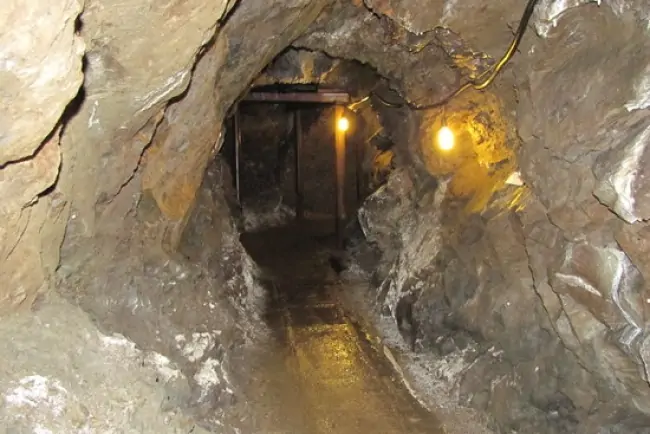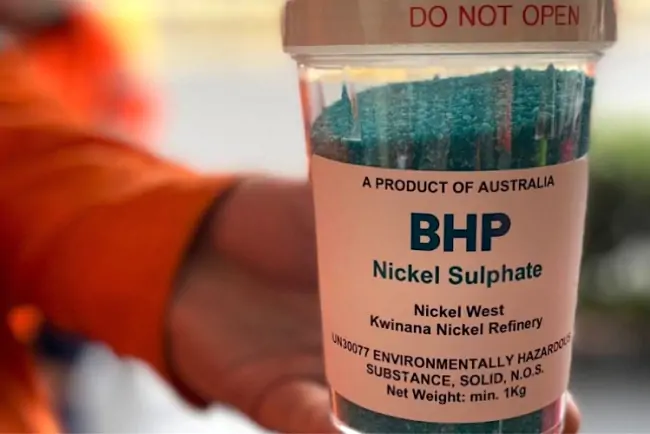Trump’s tariffs shake markets, threaten metals trade
After weeks of anticipation, US President Donald Trump has unveiled his long-promised “reciprocal” tariffs, sending shockwaves through global markets.

The sweeping “Liberation Day” measures include a universal 10% tariff on nearly all imports and targeted levies on 60 countries, marking one of the most dramatic shifts in international trade policy in a century.
Market reaction was swift and severe. Stocks plummeted on fears that the tariffs, far harsher than expected, could disrupt global supply chains. The FTSE 100 suffered its worst single-day decline since August, dropping 1.5%, while U.S. tech-heavy indices like the Nasdaq plunged by up to 4.5%, erasing trillions in market capitalization. Apple alone lost nearly $300 billion due to its heavy reliance on Asian manufacturing. The US dollar hit a six-month low as concerns over an economic slowdown mounted.
China faces a 34% tariff, the European Union 20%, Japan 24%, South Korea 25%, India 26%, and the United Kingdom 10%. Canada and Mexico are temporarily exempt under the USMCA, though analysts warn this protection may be short-lived. Automobiles and auto parts are subject to a separate 25% tariff, a move that could upend the electric vehicle (EV) market, given that nearly 40% of U.S. EVs were imported in 2024.
These were the short-term reactions. In the long-term, tariffs are set to reshape the battery supply chain, Benchmark Mineral Intelligence (BMI) and Rho Motion analysts said on Thursday.
“US tariffs and retaliatory measures are likely to be inflationary, contributing to boosting US recessionary fears and leading to downside risk to copper demand,” Bryan Bille BMI policy and geopolitical principal, said during a webinar.
The US energy storage sector, which relies heavily on Chinese lithium-ion cells, is bracing for soaring costs. Over 90% of lithium-ion energy storage cells deployed in the US last year came from China. With new levies, Chinese lithium iron phosphate (LFP) cells now face a cumulative tariff of 64.9%, escalating to 82.4% by 2026. While this could bolster domestic production, current supply constraints may push prices back to 2022 highs.
Some critical minerals — including copper, cobalt, lithium, nickel, manganese, fluorspar, natural graphite, silicon, rare earths, and petroleum coke — have been exempted, underscoring the US’s heavy reliance on foreign sources, the analysts noted.
The country remains entirely dependent on imports for materials like natural graphite and high-purity manganese sulphate. However, speculation is growing that Trump may invoke Section 232 of the Trade Expansion Act to impose future levies on these strategic resources.
China and the European Union have vowed to retaliate, warning that the tariffs could ignite a full-scale trade war, disrupt supply chains, and drive up consumer prices. Economists caution that prolonged economic uncertainty could tip major economies into recession.














